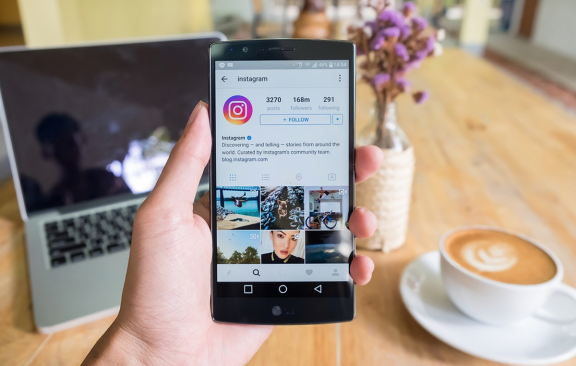The future of retailing is clearly moving in the direction of e-commerce – and this is also reflected in marketing trends. Omnichannel, instant gratification and mobile first are terms that marketing professionals will be including in their marketing plans in the coming years.
In this article we’ve summarize ten of the most important marketing trends in 2024 for you.
Conversational Commerce
Conversational commerce will be a must-have feature in every marketer’s repertoire starting in 2024. Future marketing increasingly aims at starting a direct, “real” dialog with customers and using the conversation to encourage them to make a purchase.
One trend to keep in mind is instant gratification. Today’s customers expect their needs and wishes to be met immediately and without complications, so it’s best to have products in the online store available for immediate delivery and arriving the next day. Customer service is available 24/7 and responds within minutes.
Meet these requirements by using the latest technology:
Instant messengers that enable you to communicate in real time without delay
Chat and service bots that offer fully automated solutions with the help of artificial intelligence
Voice assistants and voice bots that use speech recognition to conduct conversations with customers
⭐ Highlights of conversational commerce
Conversational commerce offers several advantages. Interacting directly allows you to get to know your target groups better and to respond to their individual needs. You can also build a trusting, emotional bond through conversation.
Chatbots are a good way to relieve the burden on your customer service as they speed up and automate communication. The bots improve over time through machine learning and provide you with loads of valuable information about your customers that you can then use for personalized digital marketing campaigns.
💡 By the way: This trend involves not only B2C companies – B2B customers now use the same channels as B2C buyers and shoppers, and they require a similar user experience.
Voice Commerce
According to the Smart Speaker & Voice Study 2021-2022 by digital agency Beyto, more than half of people over 18 use voice search at least occasionally. With the help of voice assistants like Alexa, Cortana and Siri, they get answers to all their questions on the Internet simply by using their voice instead of a keyboard, mouse, or cumbersome search tools.
Increasing numbers of people are also using voice commands to search for and buy products online, but current voice recognition technology still needs to be optimized to further boost the voice commerce marketing trend. The goal is to make interaction with voice assistants as human as possible and to build trust.
⭐ Highlights of voice commerce
Voice commerce makes online shopping especially convenient and easy. The shopping experience can also be personalized with the help of voice assistants that analyze consumer behavior and learn from their users.
Programmatic print
Personalized advertising is a marketing trend you probably know mainly from online marketing. Programmatic print makes it easy to create personalized (print) campaigns – completely automatically.
This is done using smart templates that take advantage of analytics data from the web and that are populated with data and files from your digital asset management system (DAM).
Programmatic print is ideal for reactivating shopping cart abandoners, for example: If an online store visitor adds products to their shopping cart and then leaves without completing a purchase, this triggers the exchange of certain content such as text and images in a template (with the help of the DAM) and sends a personalized mailing. This reminds the online store visitor that there are still goods in the shopping cart and they can also receive a coupon code for free shipping.
Other use cases for programmatic print are:
Traditional dialog mail
Inserts in parcels
Pullout catalogs









